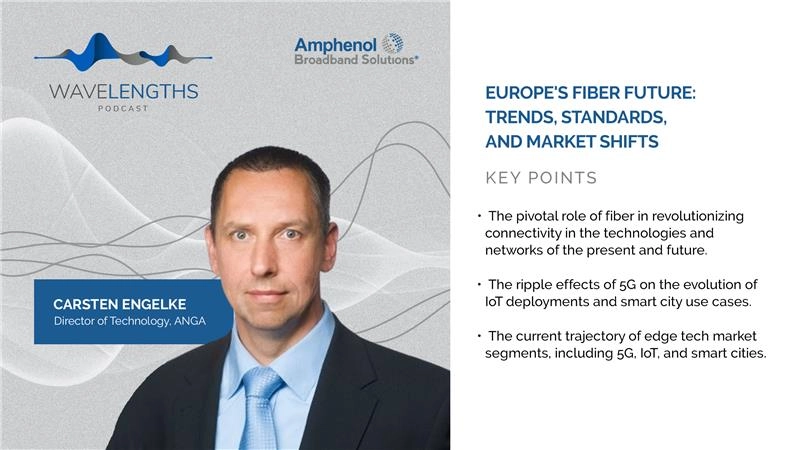The Edge and Beyond: Industry 4.0: The 5G Factor (Part 3)
In the third installment of Christine Boles’ treatise on the intelligent edge’s power to help transform industrial businesses to meet future challenges, Christine explores the emerging role of 5G to accelerate the acquisition of connectivity improvements and speed of sharing data. While the full potential of a move to 5G will take time, Christine lays out the tangible benefits for why industrial firms should now engage in planning and testing wireless solutions that will allow incremental adoption of 5G solutions as they become viable. She shares how Intel and its partners have already completed 5G proof of concepts that demonstrate great promise for achieving real-time value and competitive advantages over firms who are reticent to act.
Learn more about Intel’s internet of things solutions by connecting with Christine Boles on LinkedIn or visit www.intel.com/industrial
Subscribe to this channel on Apple Podcasts, Spotify, or Google Podcasts to hear more from the Intel Internet of Things Group.
Twitter – @MarketScale
Facebook – facebook.com/marketscale
LinkedIn – linkedin.com/company/marketscale




